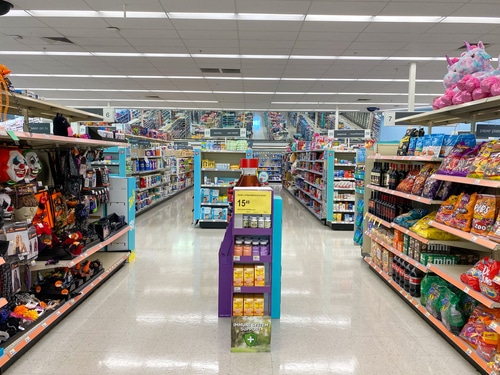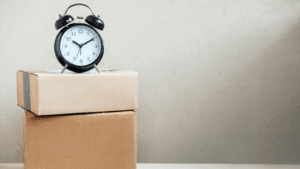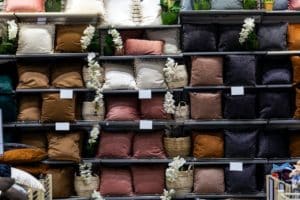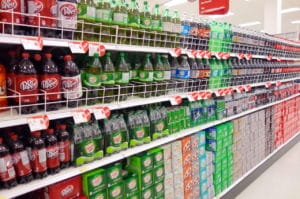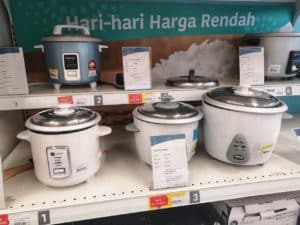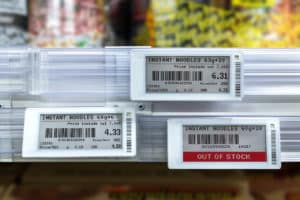Stores are places where the way products are displayed is an essential factor in influencing customers' purchasing decisions. The way products are arranged is a key element in encouraging purchase. In this article, we'll look at how shelving techniques can influence customer behavior and purchasing decisions. We'll also look at the importance of product layout and presentation in encouraging customers to buy. Finally, we'll take a closer look at how to make the most of shelving techniques to maximize sales.
What is shelving?
Shelving is an essential business practice for retailers. It is the means by which products are displayed in a store to entice customers to buy them. Retailers need to be aware of the various techniques and tricks used for ergonomic shel ving to maximize sales.
In simple terms, this means presenting products in an attractive and captivating way that entices the customer to buy them. This can be done on shelves or racks, or through the use of displays, which are structures specially designed to showcase specific items. Shelving can also include product tagging and labeling, as well as the strategic placement of products on store shelves.
Of paramount importance
Shelf layout is of paramount importance to retailers, as it can directly influence customers' purchasing decisions. Good shelving can attract customers' attention and make them want to buy a particular product. Good presentation can enhance the visual appeal of products and better communicate their features and benefits to consumers. This is accompanied by the visibility of certain aspects such as product quality or functionality, which facilitates the purchasing process for the customer.
What influence does it have on shelving?
Shelving, purchasing decisions, customers
Shelving is an essential part of the retail industry. It can be considered an art form, and can have a considerable impact on the way customers make purchasing decisions. Successful shelving can help increase sales and improve product awareness and visibility. However, it must be carried out with care, and particular attention must be paid to the criteria that influence customer decision-making.
The layout of the sales area can have a significant impact on customers' buying behavior. Products must be arranged in such a way as to attract customers' attention and facilitate their journey through the store. Optical paths, which are predefined routes that customers follow through the store, need to be well designed to guide customers to target products, and product layouts need to be clear enough to enable customers to easily find what they're looking for and navigate around the store.
Retailers need to take into account the importance of product presentation and quality, which creates a positive image of the product and arouses customer interest. Products must be well-organized and well-displayed to create a positive impression on customers. A variety of promotional tools can be used to draw customers' attention to your products, for example:
- The use of advertising posters: the visual is an asset
- promotional coupons: the consumer is attracted by a discount
- displays: an excellent way to give products greater visibility and encourage customers to buy them.
Good shelving can help attract more customers and increase sales. So investing time and effort in optimizing your shelf layout can pay off.
Visibility strategy
It's a marketing strategy that allows the product to stand out and be visible on the shelves. The classic example is that certain products may be more likely to be purchased than others when placed next to certain other products. Bread and butter are often placed next to each other because they are often bought together.
When shelving products, you also need to ensure that they are presented in an attractive and practical way. Products must be well-organized and well-labeled, so that customers can easily navigate the shelves and find what they're looking for quickly and efficiently. Products must also be highlighted so that they are immediately noticeable to the consumer.
Each factor has its own importance, as it can have a significant impact on the customer's purchasing decision. For example, if a retailer chooses an inappropriate location for its products, or opts for poor shelf organization, customers are unlikely to buy its products. Similarly, if product quality is poor or the price too high, consumers will be less inclined to buy that product rather than another offering better quality or a better price.
An in-depth analysis of the performance of different locations and types of shelving can improve your sales and marketing strategy. By carefully monitoring the success of your shelf marketing strategy, you can reposition certain products wisely or modify certain marketing tactics to get even more sales and improve results.

